[Translation][Spanish] Node.js (1088 words) (Part 47)
Repository
https://github.com/nodejs/i18n
Project Details
Node.js, by definition, is an open-source, cross-platform JavaScript run-time environment that executes JavaScript code outside the browser. This means that now it is possible to execute a program written in JS outside a web browser such as Google Chrome, Safari, etc. This creates an extension to what the language can do, besides just creating interactive websites. With the help of the V8 JavaScript runtime engine, it can now take the code and convert it into a faster machine code, e. g., Node.js eliminates the waiting and continues to take care of the next task.
From my personal perspective, Node.js represents an advantage for the coders to write code, since it still has all the capabilities and functionalities JavaScript offers, but now in a more extended way. Also, thanks to all the time I have been contributing with this project, I have realized the huge amount of time and effort that the Node.js team has taken in order to make it as good as it is and also to improve it with every single upgrade.
You can take a look at their Crowdin project here.
Contribution Specifications
- Translation Overview
This is the 47th translation I made for the Node.js project, and on this contribution I finished translating the MANTAINING-V8.MD folder, and I started with PULL-REQUESTS.MD. As I already defined the first folder on my previous post, I am just going to define the last one mentioned:
-- PULL-REQUESTS.MD: This folder's intention is to show the collaborators how to exactly create a pull request. It shows all the steps one has to follow in order to do so and also the steps taken for that request to be either accepted or denied. The whole tutorial is made out of 10 steps, and after that it advises how to properly review every single detail of the PR.
Even though this folder fully describes how to get done a PR, it does not really define it. So let's start by that:
A Pull Request is a way or a method of submitting contributions to open-source projects or projects on development. It happens when a developer (also called contributors) asks for changes to be done to an external repository to be considered for inclusion in a project's core repository after the correct review.
To make it more clear, here is a picture that shows the transition of a PR, from the beginning, when it has been created, until it is reviewed and accepted.
Within this folder, I found a couple of terms that I found interesting since its frequent meaning is known by everyone, but on this case, they diverge. Therefore, I would like to share them with you.
The first one is fork. I understand that everyone knows what an actual fork is, but in the computing area, fork is not a fork. When writing a code or developing a software, a project fork happens when the coders or developers make a copy of the source code from software package and start independent development on it, by making new changes or adding new code, in order to create a distinct and separate piece of software. The open-source projects may be forked from the original development team without prior permission without violating copyright law.
Now, why is it called fork? Well, [interesting fact] when we talk about "to fork a project", it refers to divide in branches, to split into two (almost) identical copies that usually diverge to perform different tasks. If you make an analogy on that, you can see that the fork, referred to the cutlery, it is divided into two or more identical pieces.
The second term is branch. The usual meaning we know is referred to a tree branch, but on this area, the meaning changes, even though is kind off related. In a computer program, a branch is an instruction that tells a computer to start executing different instructions instead of just executing them in order. These are also known as flow control procedures. Examples of branching are: if and goto statements and for and while loops.
Why is it called branch? Exactly as a tree branch, you can see, for example, a code that depending of an input, can split into two or more paths to follow, and those paths can also split into more and so on. To make a comparison to a tree, you can see the main code as the trunk, and the statements or loops as the branches, but in this case, those branches come back to the trunk (sounds weird, but it sort off looks like that).
Here's a picture to show it more clear.
Examples of strings translated:
1. EN: Setting up your local environment
SP: Configurando su entorno local
2. EN: Fork the project <0>on GitHub</0> and clone your fork
locally.
SP: Realice un fork del proyecto <0>en GitHub</0> y clone su fork
de forma local.
3. EN: The Process of Making Changes
SP: El Proceso de Hacer Cambios
References:
-- Stack Exchange. What exactly is a pull request? (https://opensource.stackexchange.com/questions/352/what-exactly-is-a-pull-request)
-- Wikipedia. Fork (https://en.wikipedia.org/wiki/Fork_(software_development))
-- Techopedia. Branch (https://www.techopedia.com/definition/18058/branch)
- Languages
I translated from English to Spanish.
I have translated over 100,000 words utilizing the Crowdin platform and this has given me experience to always grant great quality translations.
- Word Count
I have translated 1,088 words. This contribution has been made between the dates Feb/12/2019, when I realized the translation, and Feb/18/2019, when I realized the corrections.
Previous translations on this project:
- Part 1
- Part 2
- Part 3
- Part 4
- Part 5
- Part 6
- Part 7
- Part 8
- Part 9
- Part 10
- Part 11
- Part 12
- Part 13
- Part 14
- Part 15
- Part 16
- Part 17
- Part 18
- Part 19
- Part 20
- Part 21
- Part 22
- Part 23
- Part 24
- Part 25
- Part 26
- Part 27
- Part 28
- Part 29
- Part 30
- Part 31
- Part 32
- Part 33
- Part 34
- Part 35
- Part 36
- Part 37
- Part 38
- Part 39
- Part 40
- Part 41
- Part 42
- Part 43
- Part 44
- Part 45
- Part 46
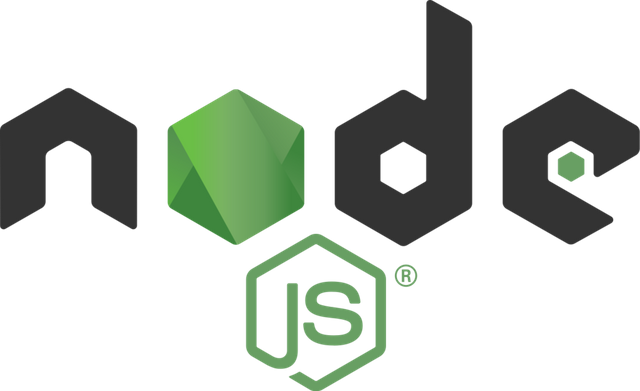
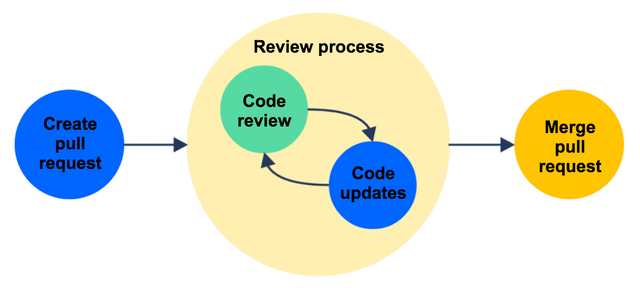
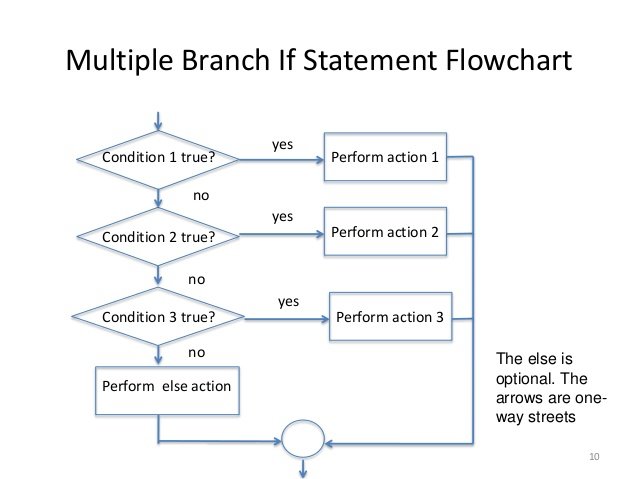
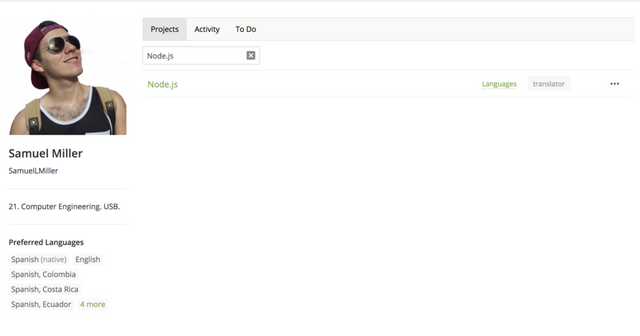
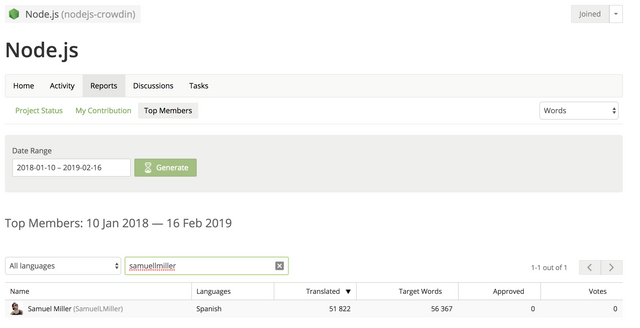
Hi @samuellmiller,
Thank you for submitting your contribution!
Node.js is a very interesting project that contains many code values and terms related to computer science. Its difficulty relies on the fact that we must pay a lot of attention to the code in order to deliver the most accurate translation possible.
Your presentation post is informative, provides useful and relevant information. The visual presentation of the post is also very good and fun to read.
You shared clear and precise concepts you learned while working on this contribution in a very dynamic way.
You did a very good job with your translation. The vocabulary you used is appropriate for the project and for the Spanish language, just try to avoid typos as much as possible in future contributions.
Keep up the good work!
Your contribution has been evaluated according to Utopian policies and guidelines, as well as a predefined set of questions pertaining to the category.
To view those questions and the relevant answers related to your post, click here.
Chat with us on Discord
Thank you for your review, @marugy99! Keep up the good work!
Hi @samuellmiller!
Your post was upvoted by @steem-ua, new Steem dApp, using UserAuthority for algorithmic post curation!
Your post is eligible for our upvote, thanks to our collaboration with @utopian-io!
Feel free to join our @steem-ua Discord server